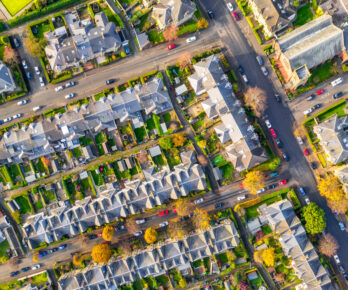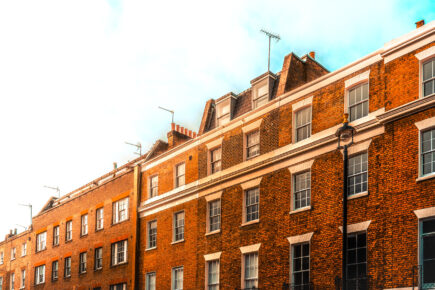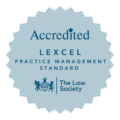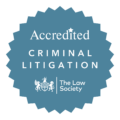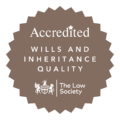The Building Safety Act 2022 (The Act) applies predominantly to ‘higher risk’ buildings. These are defined as buildings that are:
- At least 18m and 7 storeys high; and
- Contain a minimum of 2 residential units; or
- Are at least 7 storeys high and are student accommodation, hospital facilities, or a care home.
B P Collins’ property team advises on the impact of the Act on the commercial property sector.
The Act seeks to increase the liability placed on the developers, contractors, manufacturers and others involved in the construction of higher-risk buildings, whilst also extending their liability to historic defects in buildings now defined as higher risk. The Act proposes to increase this liability through specific pre-contract enquiries and also ongoing monitoring and maintenance obligations for those tasks with the responsibility of managing the buildings.
Pre-contract enquiries
The industry standard enquiries have already been updated to require the Seller of a higher risk building to answer more specific questions about obligations under The Act. Whilst the General pre-contract enquiries for all commercial property transactions (CPSEs) did already cover a number of the elements covered by The Act, such as defects, hazardous substances and fire safety, a new enquiry 15 has been instructed which asks the below of the Seller.
Enquiry 15 asks whether the building being sold counts as higher risk, and if it is, the enquiries then require details of who the accountable person or persons are for the building. Enquiry 15 addresses the issue of the registration of a higher risk building, and also requests a copy of the building assessment certificate. In addition to copies of various documents which need to be produced under The Act relating to matters of safety, resident engagement and any contravention notices, it also asks the Seller to confirm if they are aware of any breach of The Act.
Ongoing monitoring and maintenance obligations
Once a higher risk building has been completed and is occupied, The Act imposes a liability on the developer and other parties to monitor and manage risks from the spread of fire or structural failure.
Responsibility will lie with the Accountable Person, who will be often be whoever controls or is obliged to repair the common parts, structure or exterior, most likely the building owner or Landlord. The Accountable Person can be an individual, a partnership or a company. Where there is more than one Accountable Person, they will have a duty to cooperate with each other. The duties of an Accountable Person will include assessing and managing building safety risks maintaining The Golden Thread information (the guide that includes a higher risk buildings safety and management information) and producing a residents’ engagement strategy. If an Accountable Person is in breach of these obligations, they may be prosecuted.
B P Collins’ property and property litigation teams are experienced in the issues raised in this article. For further advice please contact enquiries@bpcollins.co.uk or call 01753 889995.

